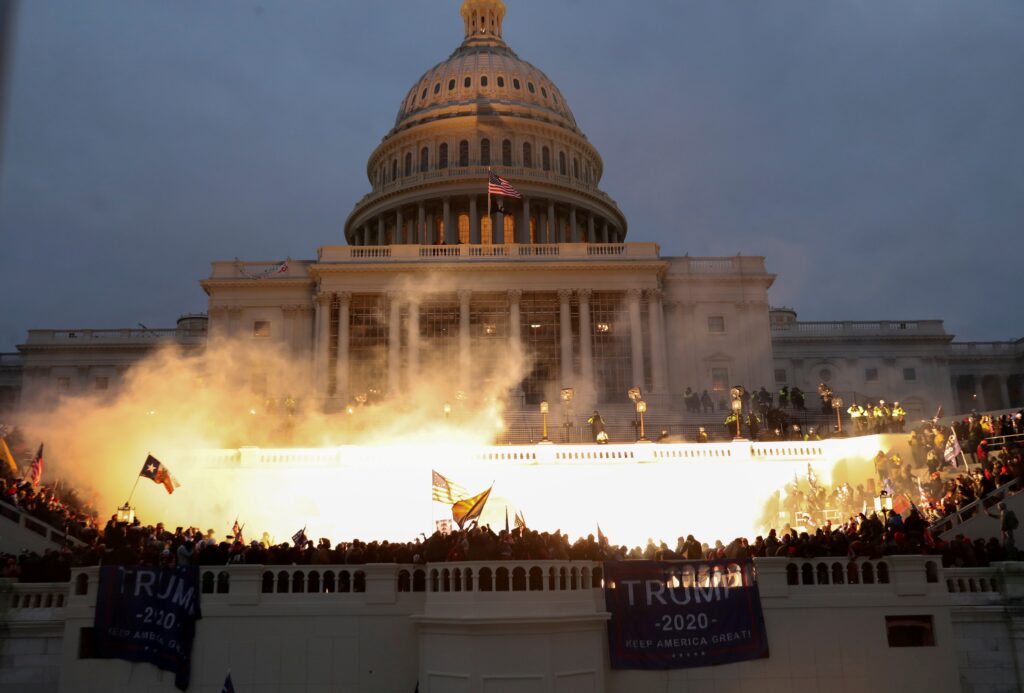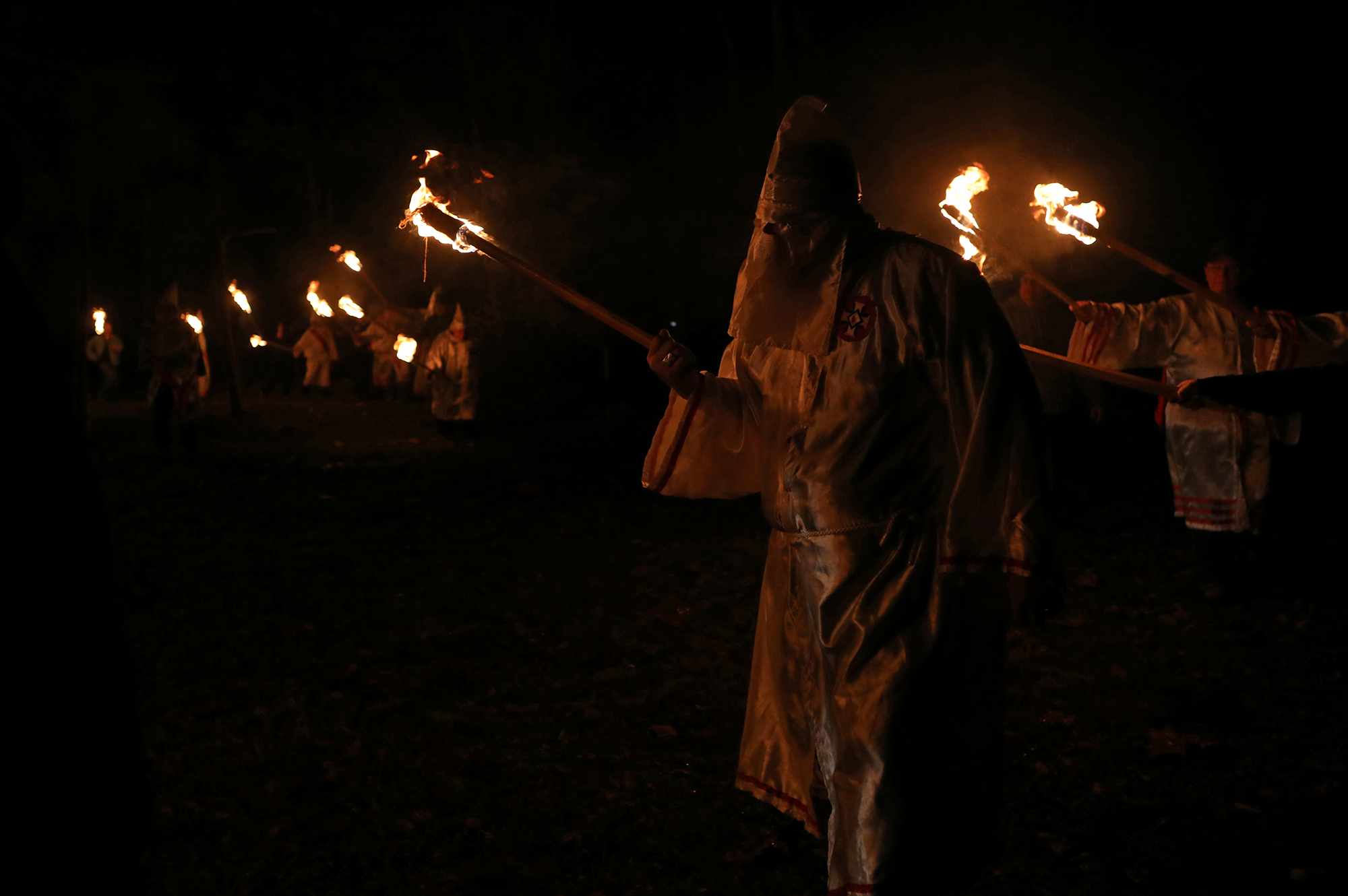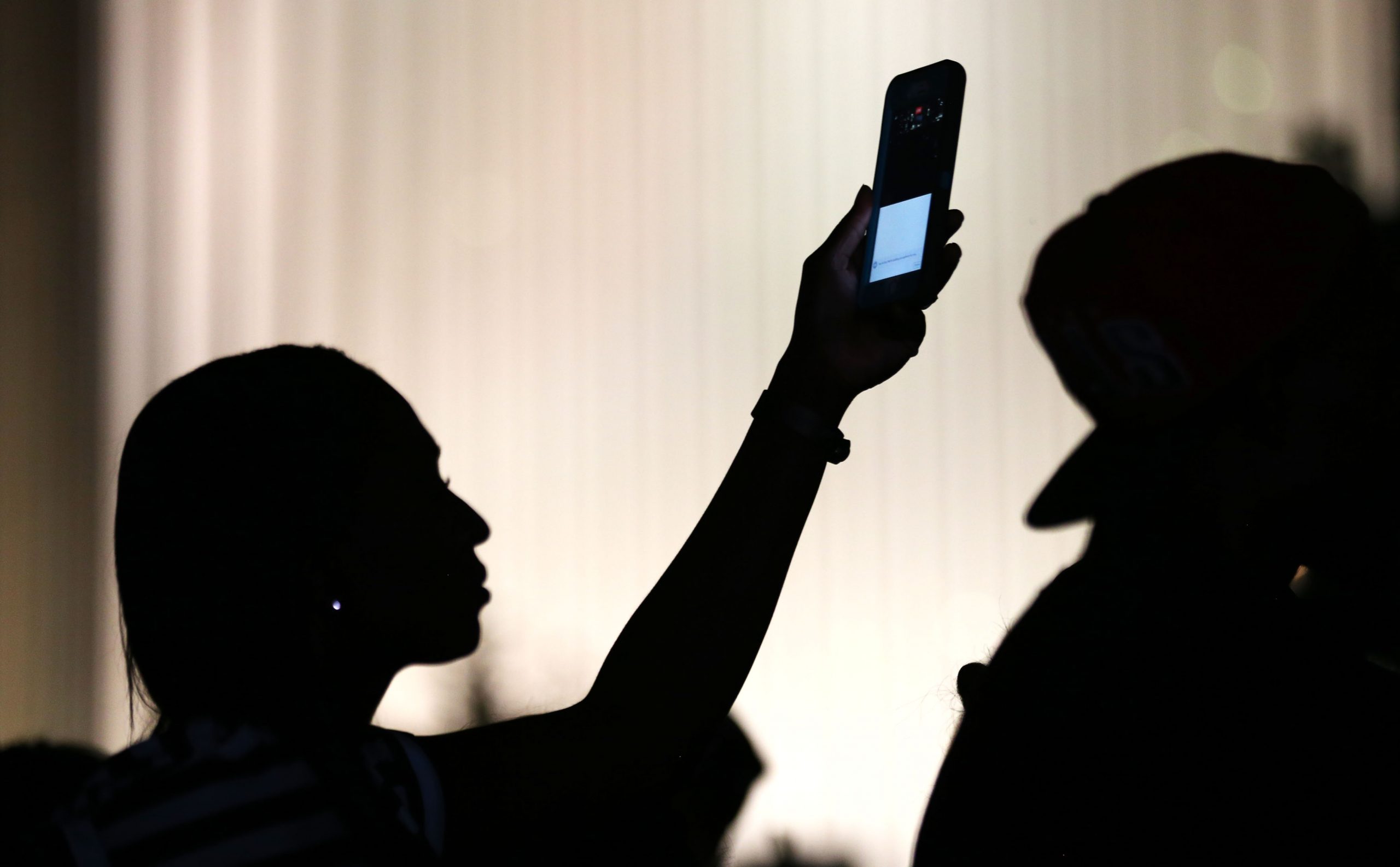Disinformation is more pernicious and widespread today than at any other point in history, largely because of social media and the Internet. For instance, it is now widely known—and verified by the U.S. intelligence community—that Russians interfered with the 2016 presidential election. Russian hackers released politically damaging information on the Internet and spread propaganda on Twitter, Facebook, YouTube, and Instagram. According to a report by the University of Oxford’s Computational Propaganda Project, Russia targeted both conservatives and liberals with its disinformation campaigns. Conservatives were served up posts about immigration, race, and gun rights, while liberal-leaning Blacks were targeted with disinformation about the electoral process.
To view this and other teacher guides, please fill out this form.
All resources on www.FirstAmendmentWatch.org are free and permitted to disseminate to your students with these conditions:
- Be sure to include any pertinent credits to news organizations, book authors, etc. who are identified as the source of the specific content you select.
- Include: Reprinted with permission from www.FirstAmendmentWatch.org
Resources available at www.FirstAmendmentWatch.org include:
- News & Updates
- History & Legal Cases
- Analysis & Opinion
View Teacher Guides
Tags




